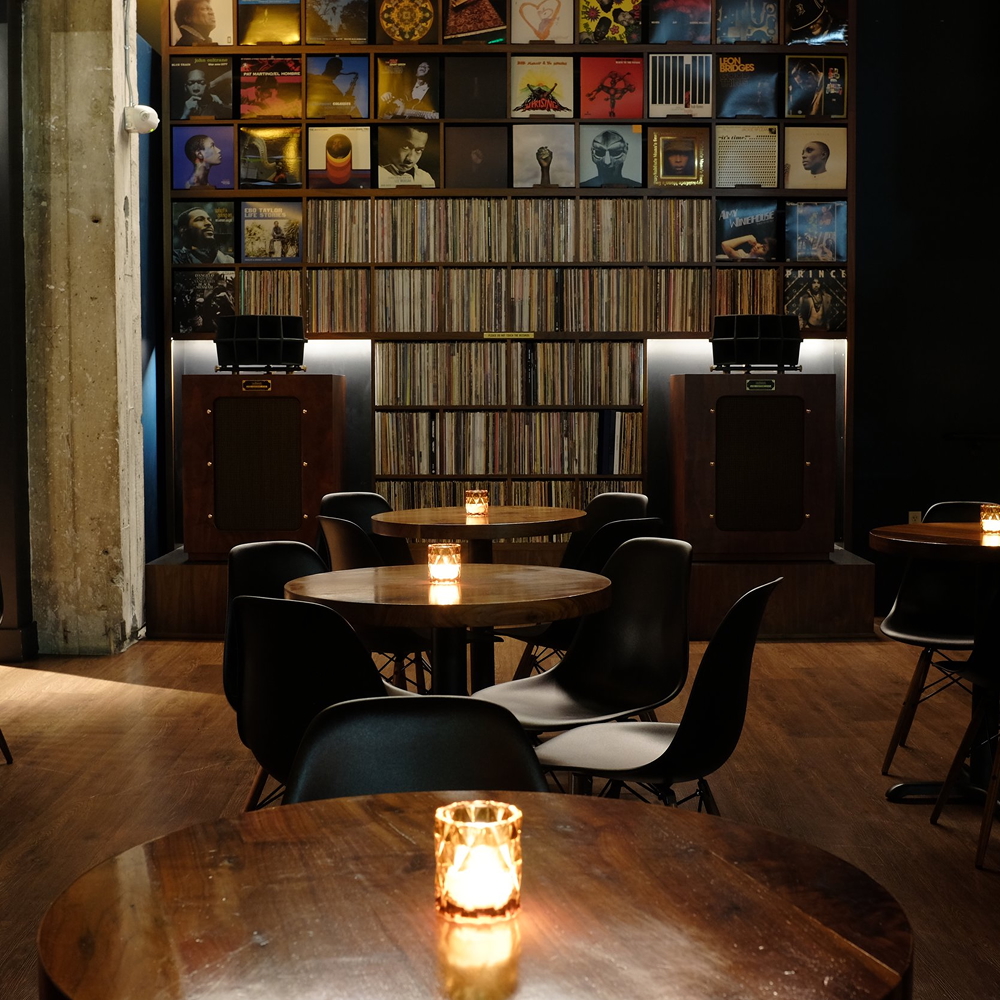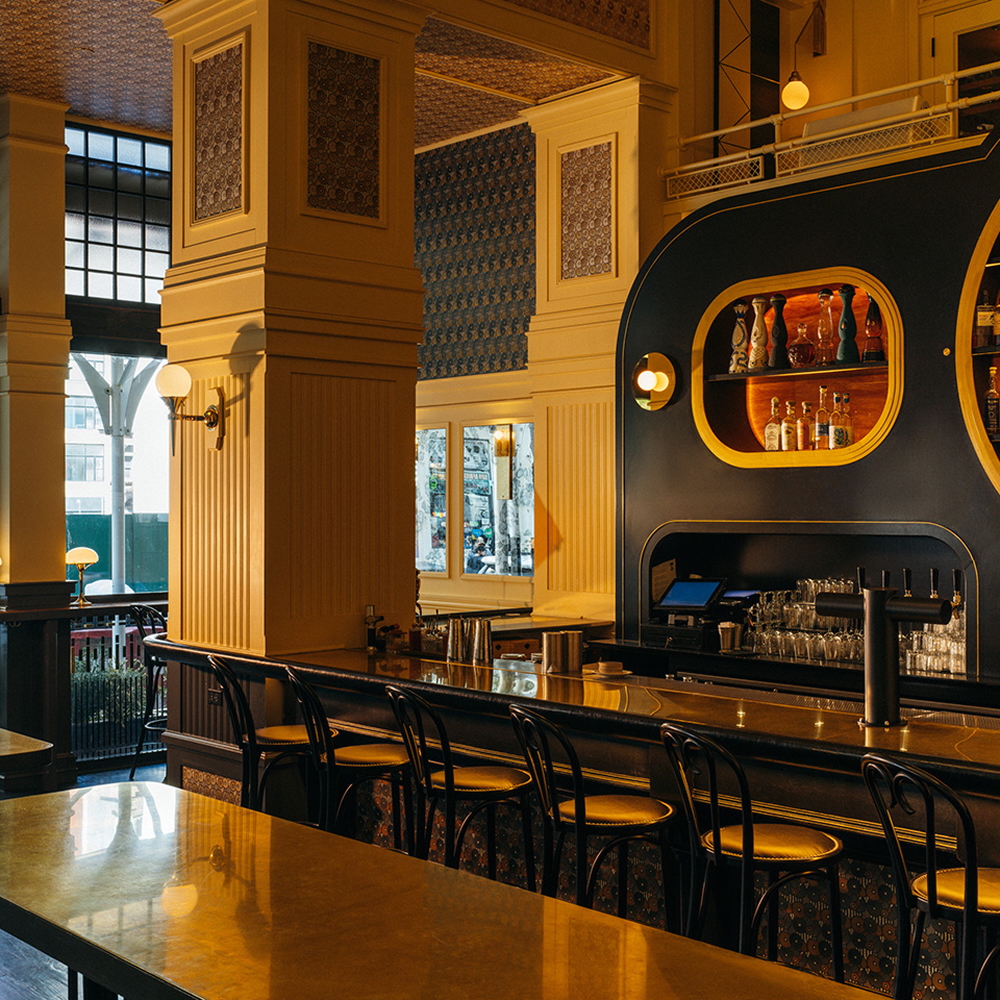

Small space, big impact: creative F&B concepts in compact settings Limited square footage is no longer a barrier to exceptional dining. Across cities and neighborhoods, visionary restaurateurs are embracing compact formats to craft intimate, high-concept experiences that resonate far beyond their physical walls.
Working within tight spatial constraints pushes F&B entrepreneurs to innovate. From design and flow to curation and storytelling, every detail must serve a purpose and when done right, the results are more memorable than sprawling venues.
Designing for small spaces requires stripping down to the essentials and amplifying character. At Bar Shiru in Oakland, a Japanese hi-fi listening bar, custom acoustics and a strict vinyl-only policy create a focused, immersive mood in under 50 square meters. The space works not in spite of its size, but because it encourages guests to slow down, listen, and appreciate details that would be lost in a larger room.
Places like Koloman in New York demonstrate that ambitious menus are possible even in tight quarters. Chefs adopt space-saving equipment, prep off-site, or embrace single-concept formats to streamline service. A well-curated, compact kitchen often results in fewer compromises and more attention to the ingredients and techniques that define a venue’s signature style.

Small-scale venues can build guest intimacy, foster cult-like loyalty and operate with surprising agility. The key lies in curating a sharp identity, optimizing the sensory flow, and using every centimeter with intention.
Some spaces build an entire identity around their compactness. Fico in Paris is a 14-seat Italian table with no formal menu, where guests share whatever is being cooked that day. This spontaneity creates connection, trust and anticipation, a deliberate contrast to the impersonal feeling often found in larger dining rooms. In this setting, the small format becomes part of the narrative, not a limitation.
Smart spatial concepts often include adaptable furniture, foldable setups and hidden storage. Hoppers in Soho uses modular seating to host both solo diners and groups. This flexibility lets the venue evolve throughout the day and across seasons. It also supports creative pop-ups and chef collaborations, giving small restaurants the agility to keep experiences fresh without additional space.


Compact F&B concepts are becoming signals of a larger shift. Guests are drawn to places that feel personal, where design tells a story, and where scale doesn’t overshadow soul. These spaces thrive because they celebrate limits as an opportunity to go deeper, not wider.
Brand like Café Kitsuné around the world have turned compactness into cult appeal. The clarity of the visual language, product curation, and customer rituals all align in tight, beautifully executed environments. These brands understand that with less physical space comes the need for more conceptual clarity and that is often what turns a passerby into a loyal fan.
The success of compact venues shows that impact is no longer tied to surface area. With the right mix of narrative, design, and operational focus, these micro-concepts can generate global buzz, attract top talent, and inspire replication. They remind us that creativity thrives on constraint, and that great hospitality is measured not in square meters, but in moments.